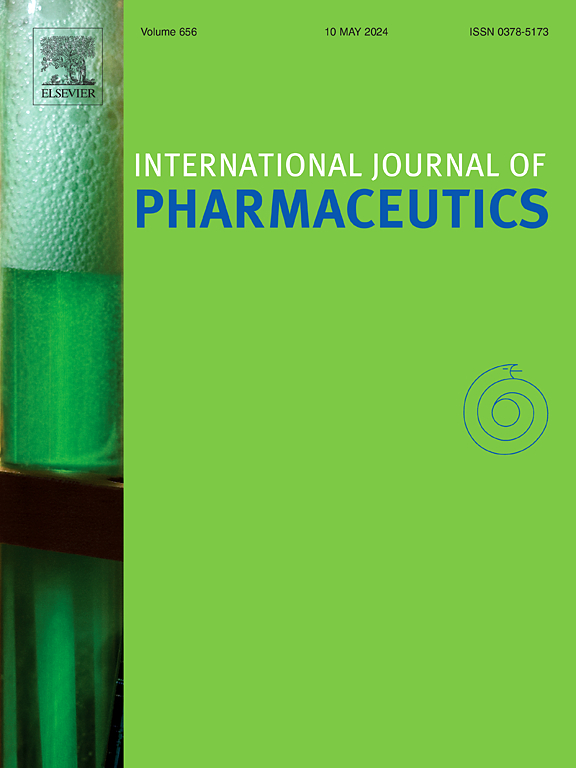Transdermal sequential delivery of functionalized Nano-Deep eutectic system for enhanced treatment of melanoma
IF 5.3
2区 医学
Q1 PHARMACOLOGY & PHARMACY
引用次数: 0
Abstract
In the present study, we introduce the concept of “transdermal sequential delivery” as a non-invasive and synergistic approach for the treatment of melanoma. We developed a functionalized Deep Eutectic System (DES) that incorporates both small molecule drugs and nanoparticles. The glycolysis inhibitor 2-deoxy-D-glucose (2-DG) served as the Hydrogen Bond Donor (HBD) to form the DES, while glutathione (GSH)-responsive Mesoporous Organosilicon Nanoparticles (MON) were prepared and encapsulated with chlorin e6 (Ce6). These nanoparticles were incorporated into the DES through surface-modified citric acid (CA) as a linker, resulting in the functionalized 2-DG DES-MON@Ce6 system. By leveraging the skin’s barrier properties and the permeation-enhancing effects of the DES, both 2-DG and MON@Ce6 were delivered to the melanoma tissue in a sequential manner. Initially, 2-DG mitigated hypoxia and the immunosuppressive tumor microenvironment (TME) by disrupting glycolysis, thereby creating favorable conditions for the subsequent photodynamic therapy (PDT) effects of MON@Ce6 and enhancing immunogenic cell death (ICD). Consequently, the 2-DG DES-MON@Ce6 system demonstrated significant anti-tumor activity against melanoma within the context of the “transdermal sequential delivery” strategy. Overall, our functionalized DES-nano system facilitates the sequential transdermal delivery of drugs to melanoma, thereby maximizing the combination anti-tumor efficacy through a cascade reaction.

经皮顺序递送功能化纳米深度共晶系统,增强黑色素瘤的治疗效果。
本文章由计算机程序翻译,如有差异,请以英文原文为准。
求助全文
约1分钟内获得全文
求助全文
来源期刊
CiteScore
10.70
自引率
8.60%
发文量
951
审稿时长
72 days
期刊介绍:
The International Journal of Pharmaceutics is the third most cited journal in the "Pharmacy & Pharmacology" category out of 366 journals, being the true home for pharmaceutical scientists concerned with the physical, chemical and biological properties of devices and delivery systems for drugs, vaccines and biologicals, including their design, manufacture and evaluation. This includes evaluation of the properties of drugs, excipients such as surfactants and polymers and novel materials. The journal has special sections on pharmaceutical nanotechnology and personalized medicines, and publishes research papers, reviews, commentaries and letters to the editor as well as special issues.

 求助内容:
求助内容: 应助结果提醒方式:
应助结果提醒方式:


